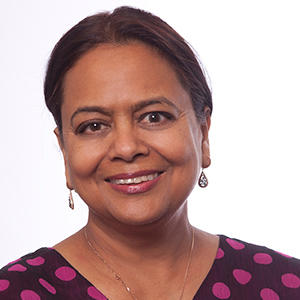Rajni Agarwal, MD
Associate Chief of Pediatric Stem Cell Transplant | Professor
Hematology-Oncology
Lucile Packard Children's Hospital Stanford (West Building)
725 Welch Road
Palo Alto, CA 94304
Teléfono:
(650) 497-8953
Fax:
(650) 497-8959
Localización

725 Welch Road
Palo Alto, CA 94304
Mapas, direcciones y estacionamiento
Teléfono : (650) 497-8953
Fax : (650) 497-8959
Experiencia
Infection Prevention
Stem Cell Transplant
Veno-Occlusive Disease
Trabajo y educación
Educación
MGM Medical College, Indore, Madhya Prade, India, 05/01/1983
Últimos años de residencia
Cincinnati Children's Hospital Medical Center Pediatric Residency, Cincinnati, OH, 06/30/1995
MGM Medical College, Indore, Madhya Prade, India, 06/30/1983
Primeros años de residencia
MGM Medical College, Indore, Madhya Prade, India, 06/30/1981
Idiomas
English
Hindi
Urdu

Conéctese con nosotros:
Descarga nuestra App: